Home>Garden Essentials>Garden Plants>How To Prepare Fresh Thyme
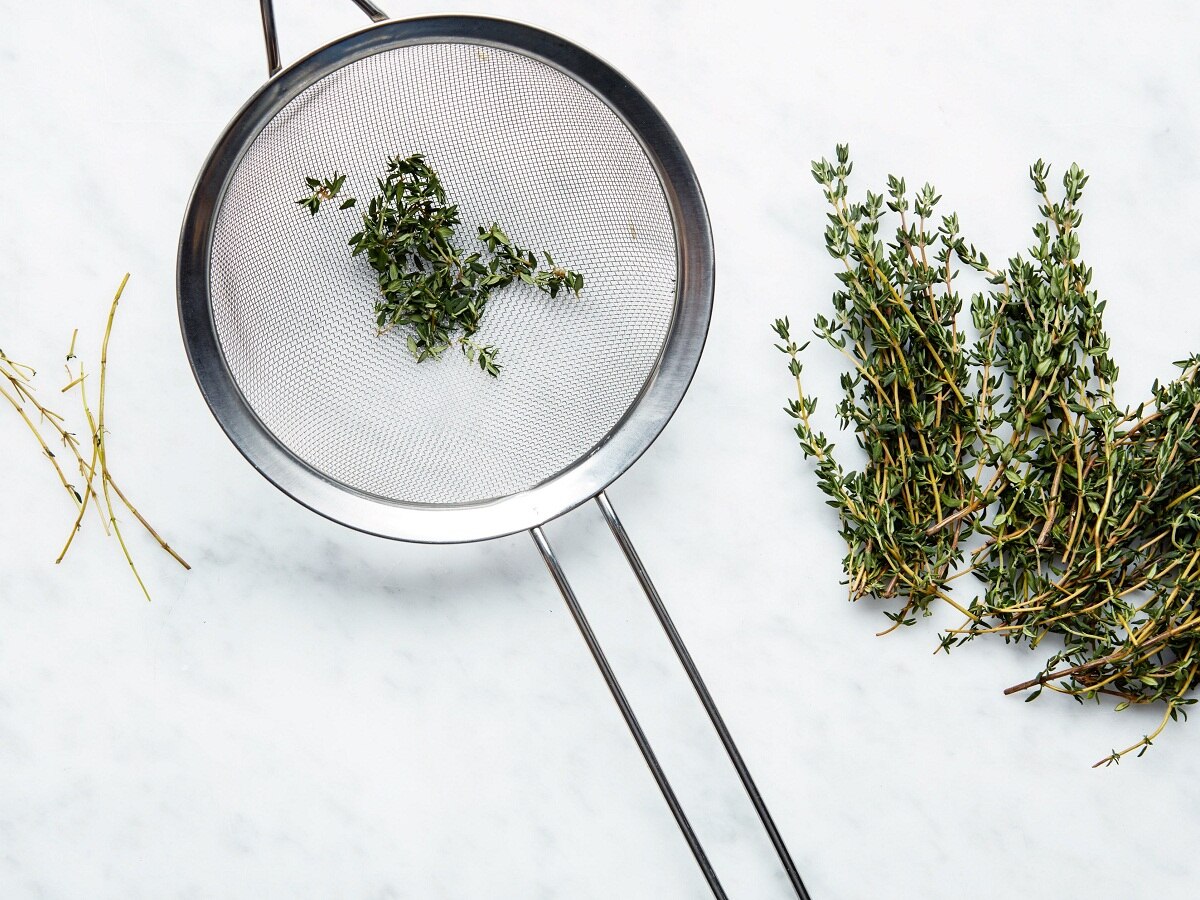

Garden Plants
How To Prepare Fresh Thyme
Modified: August 22, 2024
Discover the best tips on how to prepare fresh thyme plants and elevate your culinary creations. Harvest, store, and use thyme to enhance the flavors of your dishes.
(Many of the links in this article redirect to a specific reviewed product. Your purchase of these products through affiliate links helps to generate commission for Storables.com, at no extra cost. Learn more)
Introduction
Welcome to the world of fresh thyme! Thyme is a versatile herb that adds a delightful aromatic touch to any dish. With its distinct flavor profile and numerous health benefits, fresh thyme is a must-have ingredient in any kitchen. Whether you’re a seasoned chef or a beginner cook, incorporating fresh thyme into your culinary creations can elevate your dishes to a whole new level.
In this article, we will explore the benefits of using fresh thyme, provide tips on finding and selecting the best quality thyme, guide you on how to properly store and clean thyme, and offer insights on how to prepare and cook with this delightful herb.
So, grab your apron and let’s dive into the world of fresh thyme!
Key Takeaways:
- Elevate your dishes and boost your well-being by incorporating fresh thyme, packed with antioxidants, anti-inflammatory properties, and digestive and respiratory health benefits.
- Find, store, and cook with vibrant, aromatic fresh thyme to enhance soups, stews, meats, vegetables, and even baked goods. Its versatility and health benefits make it a must-have in your kitchen.
Read more: How To Clean Fresh Thyme
Benefits of Fresh Thyme
Aside from its incredible flavor and aroma, fresh thyme also boasts an array of health benefits. This herb is packed with essential vitamins, minerals, and antioxidants that can boost your overall well-being. Here are some of the key benefits of incorporating fresh thyme into your diet:
- Rich in Antioxidants: Fresh thyme contains high levels of antioxidants, such as polyphenols, that help fight against free radicals and protect your cells from oxidative stress. These antioxidants have been linked to reducing the risk of chronic diseases and supporting a healthy immune system.
- Anti-Inflammatory Properties: Thyme contains compounds, including rosmarinic acid and thymol, which possess potent anti-inflammatory properties. Regular consumption of thyme may help alleviate inflammation in the body and reduce the risk of chronic diseases like heart disease and certain types of cancer.
- Boosts Digestive Health: Thyme has been traditionally used to aid digestion. It can act as a natural digestive stimulant, helping to improve digestion, relieve bloating, and soothe gastrointestinal issues such as indigestion and stomach cramps.
- Enhances Respiratory Health: Fresh thyme has been used for centuries to alleviate respiratory issues, thanks to its expectorant and antibacterial properties. It can help clear congestion, relieve coughs, and promote a healthy respiratory system.
- Supports Heart Health: Thyme contains compounds that have been found to support heart health, such as flavonoids and potassium. These nutrients can help regulate blood pressure, reduce cholesterol levels, and improve overall cardiovascular function.
- Boosts Mood and Cognitive Function: The aroma of fresh thyme has been shown to have a positive impact on mood and cognitive function. The scent of thyme can help alleviate stress, improve focus, and enhance memory.
These are just a few of the many benefits that fresh thyme can offer. Its unique combination of flavor and health-promoting properties make it a valuable addition to your culinary repertoire.
Finding and Selecting Fresh Thyme
When it comes to finding and selecting fresh thyme, there are a few factors to keep in mind to ensure you’re getting the best quality herb for your cooking. Here are some tips:
- Look for Vibrant Green Color: Fresh thyme should have vibrant green leaves. Avoid any bunches that appear wilted, dried out, or discolored.
- Check for Freshness: Give the thyme a gentle sniff to check for freshness. It should have a strong, aromatic scent. Avoid any bunches with a weak or unpleasant smell.
- Choose Sprigs with Firm Stems: The stems of fresh thyme should be firm and resilient. Avoid bunches with wilted or slimy stems, as this is a sign of spoilage.
- Opt for Organic: If possible, choose organic thyme. Organic herbs are typically grown without the use of harmful pesticides and chemicals, ensuring a more natural and nutritious product.
- Consider Growing Your Own: For the freshest thyme, consider growing your own herb garden. Thyme is easy to grow and maintain, even in small spaces. Having a fresh supply of thyme at your fingertips can elevate your culinary creations.
When purchasing fresh thyme, you can find it in the produce section of your local grocery store or farmer’s market. It is often sold in small bunches or packaged in clamshell containers for convenience.
Remember, freshness is key when it comes to thyme. By following these guidelines, you can ensure that you’re selecting top-quality thyme for your recipes, resulting in the best possible flavor and aroma.
Storing Fresh Thyme
Properly storing fresh thyme is essential to maintain its flavor and prolong its shelf life. Here are some tips to help you store fresh thyme and keep it fresh for as long as possible:
- Trim the Stems: Before storing fresh thyme, trim the bottom ends of the stems. This will help the herb absorb water more efficiently and stay fresh longer.
- Wrap in Damp Paper Towel: Take a damp paper towel and wrap it around the trimmed ends of the thyme. This will help keep the herb moist and prevent it from drying out.
- Place in a Plastic Bag: Place the wrapped thyme in a loosely sealed plastic bag. The bag will create a humid environment that will help preserve the freshness of the herb.
- Refrigerate: Store the bagged thyme in the refrigerator’s vegetable compartment or crisper drawer. The cool temperature will help slow down the herb’s decomposition and keep it fresh.
- Use Within One Week: Fresh thyme is best consumed within one week of purchase. As time goes on, the herb may start to lose its flavor and aroma. It is always best to use it while it’s at its freshest.
- Consider Freezing: If you have an abundance of fresh thyme and want to extend its shelf life even further, consider freezing it. Simply remove the leaves from the stems, place them in an airtight container or freezer bag, and store in the freezer for up to three months. Frozen thyme can be used directly in dishes without thawing.
Remember, it’s important to check on your stored thyme regularly. Remove any wilted or discolored leaves to ensure you’re working with fresh and flavorful herb.
By following these storage tips, you can maximize the lifespan of your fresh thyme and have it readily available whenever you want to add a burst of flavor to your dishes.
To prepare fresh thyme, simply hold the top of the stem with one hand and run your other hand down the stem to remove the leaves. Discard the stem and use the leaves in your recipe.
Washing and Cleaning Fresh Thyme
Washing and cleaning fresh thyme is a crucial step to remove any dirt, debris, or pesticide residue that may be present on the leaves. Follow these steps to ensure your fresh thyme is clean and ready to be used:
- Gently Separate the Sprigs: Start by gently separating the sprigs of thyme from the main stem. Hold the top end of the stem and run your fingers down it, stripping the leaves off as you go.
- Rinse Under Cold Water: Once you have removed the leaves from the stems, place them in a colander and rinse them under cold running water. Gently rub the leaves between your fingers to remove any dirt or debris.
- Inspect for Residue: After rinsing, inspect the leaves for any remaining residue. Look out for any stubborn debris or pests that may have been missed during the initial rinse.
- Pat Dry: After thoroughly rinsing the thyme, gently pat the leaves dry with a clean kitchen towel or paper towel. Be careful not to crush or bruise the delicate leaves in the process.
- Use Immediately or Store: Once the thyme leaves are clean and dry, they are ready to be used in your favorite recipes. However, if you’re not planning on using them right away, you can store them in an airtight container or ziplock bag lined with a paper towel. Place the container or bag in the refrigerator and use within a few days for optimal freshness.
Remember, it is important to wash fresh thyme just before using it rather than washing it in advance. This helps to preserve the flavor and texture of the herb.
By following these easy steps to wash and clean fresh thyme, you can ensure that you’re working with a clean and safe ingredient for all your culinary creations.
Read more: How To Store Fresh Thyme
Preparing Fresh Thyme for Cooking
Preparing fresh thyme for cooking is a simple process that involves removing the leaves from the stems and chopping them if desired. Here’s how to prepare fresh thyme for your culinary endeavors:
- Strip the Leaves: Hold the top end of a thyme stem and run your fingers down it in the opposite direction of the leaves. This will separate the leaves from the stem. Repeat this process with all the remaining thyme sprigs.
- Chop if Desired: Thyme leaves are small and delicate, so chopping is generally not necessary. However, if you prefer smaller pieces or want to release more flavor, you can finely chop the leaves using a sharp knife on a cutting board. Take care to avoid crushing or bruising the leaves, as this can diminish their flavor.
- Measure as Required: Fresh thyme is typically added to recipes by the tablespoon, teaspoon, or a small handful. Depending on the recipe, measure the appropriate amount of fresh thyme leaves needed and adjust accordingly.
- Combine with Other Ingredients: Once prepared, fresh thyme can be added to a variety of dishes. It pairs well with meats, vegetables, soups, stews, sauces, and even baked goods. Add it during cooking to infuse its aromatic flavor into your culinary creations.
Remember, fresh thyme is best added towards the end of the cooking process to preserve its delicate flavor. This will ensure that its unique taste shines through in your dishes.
Preparing fresh thyme for cooking is quick and easy, and it’s well worth the effort to enhance the flavors of your favorite recipes.
Cooking with Fresh Thyme
Fresh thyme is a versatile herb that adds a distinct flavor and aroma to a wide range of dishes. From savory to sweet, here are some delicious ways to cook with fresh thyme:
- Soups and Stews: Fresh thyme is a classic ingredient in soups and stews. Add a generous handful of whole thyme sprigs to simmering broths or sauces to infuse them with its aroma. Remember to remove the stems before serving.
- Roasted Meats and Vegetables: Sprinkle fresh thyme leaves over roasted meats, such as chicken, lamb, or pork, to enhance their flavors. You can also toss vegetables, like potatoes or carrots, with olive oil, salt, pepper, and fresh thyme leaves before roasting for a fragrant side dish.
- Grilled or Pan-Fried Dishes: Marinate your meats, such as steak or fish, with olive oil, garlic, and fresh thyme leaves before grilling or pan-frying. The thyme will add a subtle herbal note that complements the smoky or savory flavors of your dish.
- Sauces and Dressings: Finely chop fresh thyme leaves and add them to homemade sauces, dressings, and marinades for an herbaceous twist. Whether it’s a creamy salad dressing, a tangy vinaigrette, or a rich tomato sauce, the addition of fresh thyme will elevate the flavors.
- Breads and Baked Goods: Fresh thyme can also be used in baked goods to add a unique flavor profile. Incorporate finely chopped thyme leaves into bread dough, biscuits, scones, or even desserts like lemon-thyme shortbread cookies for a delightful herbaceous twist.
When cooking with fresh thyme, keep in mind that the flavor can vary depending on the variety and freshness of the herb. Taste as you go and adjust the amount of thyme to suit your preferences.
Experiment with different recipes and have fun exploring the culinary possibilities that fresh thyme can offer. It’s a versatile herb that can enhance the flavors of your favorite dishes and bring a touch of freshness to your meals.
Conclusion
Fresh thyme is a delightful herb that brings its unique flavor, aroma, and health benefits to dishes of all kinds. Whether you’re a seasoned cook or a beginner in the kitchen, incorporating fresh thyme into your cooking can enhance the taste and elevate your culinary creations.
In this article, we’ve explored the many benefits of using fresh thyme, from its antioxidant properties to its ability to support digestive and respiratory health. We’ve also discussed tips on finding and selecting the best quality thyme, along with the proper methods for storing, washing, and preparing it for cooking.
From soups and stews to roasted meats and vegetables, fresh thyme can be used in a wide variety of recipes. Its versatility allows it to shine in both savory and sweet dishes, adding depth and complexity to every bite. Whether you’re grilling, baking, or preparing sauces and dressings, fresh thyme is an invaluable herb to have in your culinary arsenal.
By following the tips and techniques outlined in this article, you can ensure that your fresh thyme stays fresh, flavorful, and ready to enhance your culinary creations. So, don’t hesitate to bring the fresh taste and aroma of thyme to your dishes and elevate your cooking to new heights.
So go ahead, embrace the world of fresh thyme, and let your taste buds be delighted by its aromatic charm!
Frequently Asked Questions about How To Prepare Fresh Thyme
Was this page helpful?
At Storables.com, we guarantee accurate and reliable information. Our content, validated by Expert Board Contributors, is crafted following stringent Editorial Policies. We're committed to providing you with well-researched, expert-backed insights for all your informational needs.
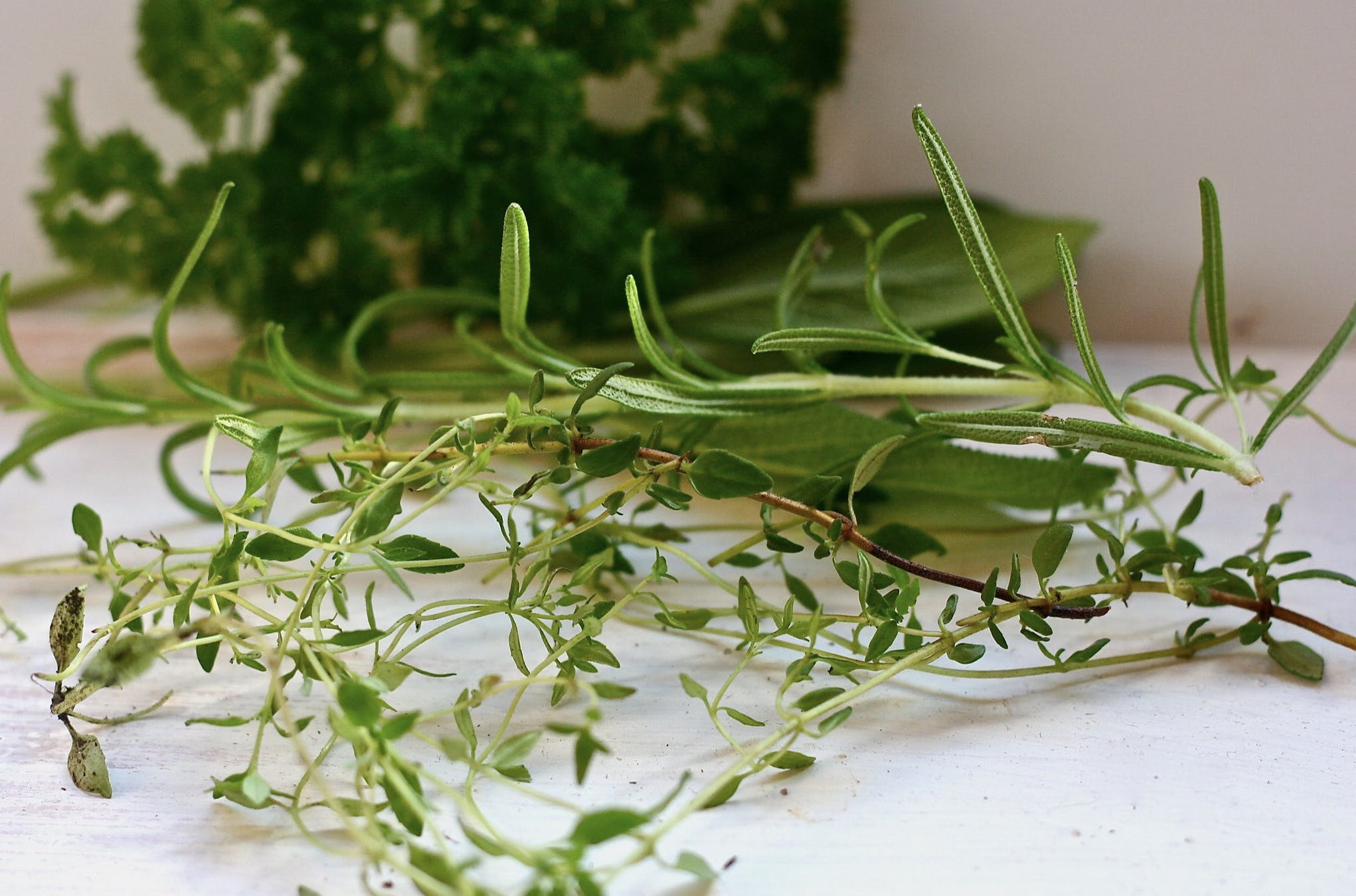
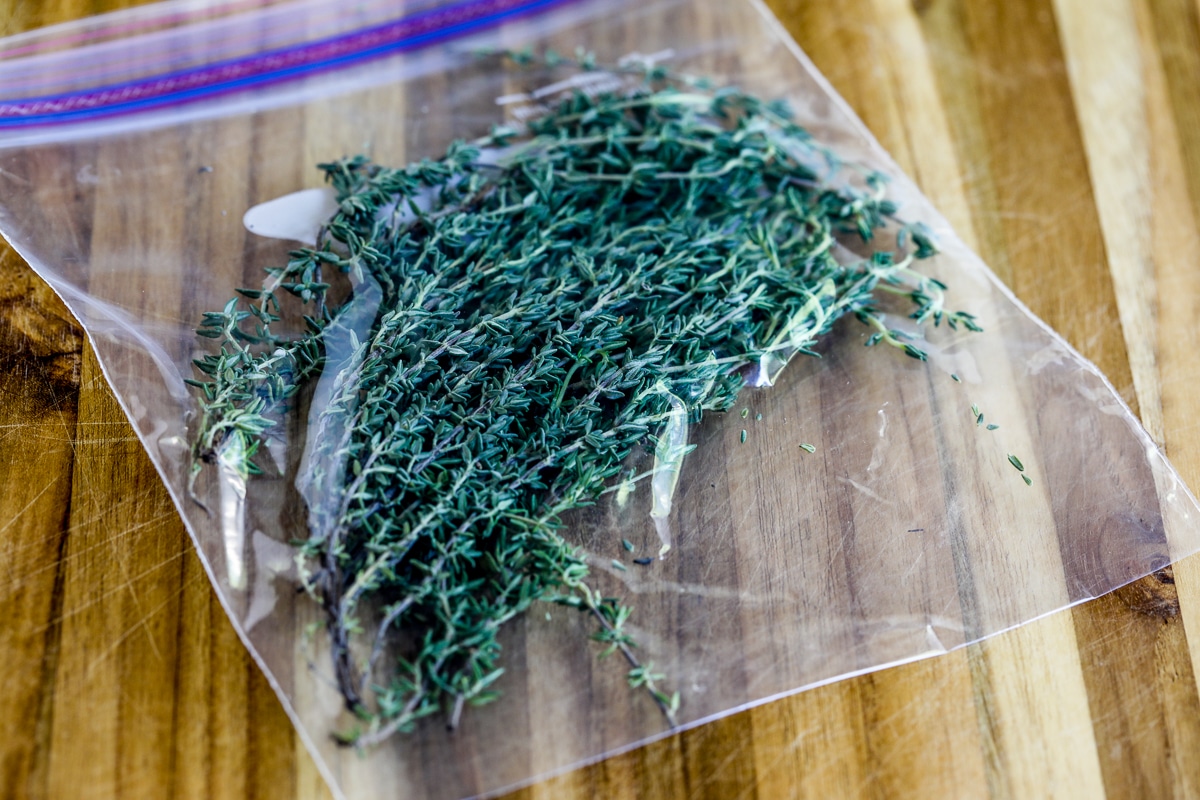
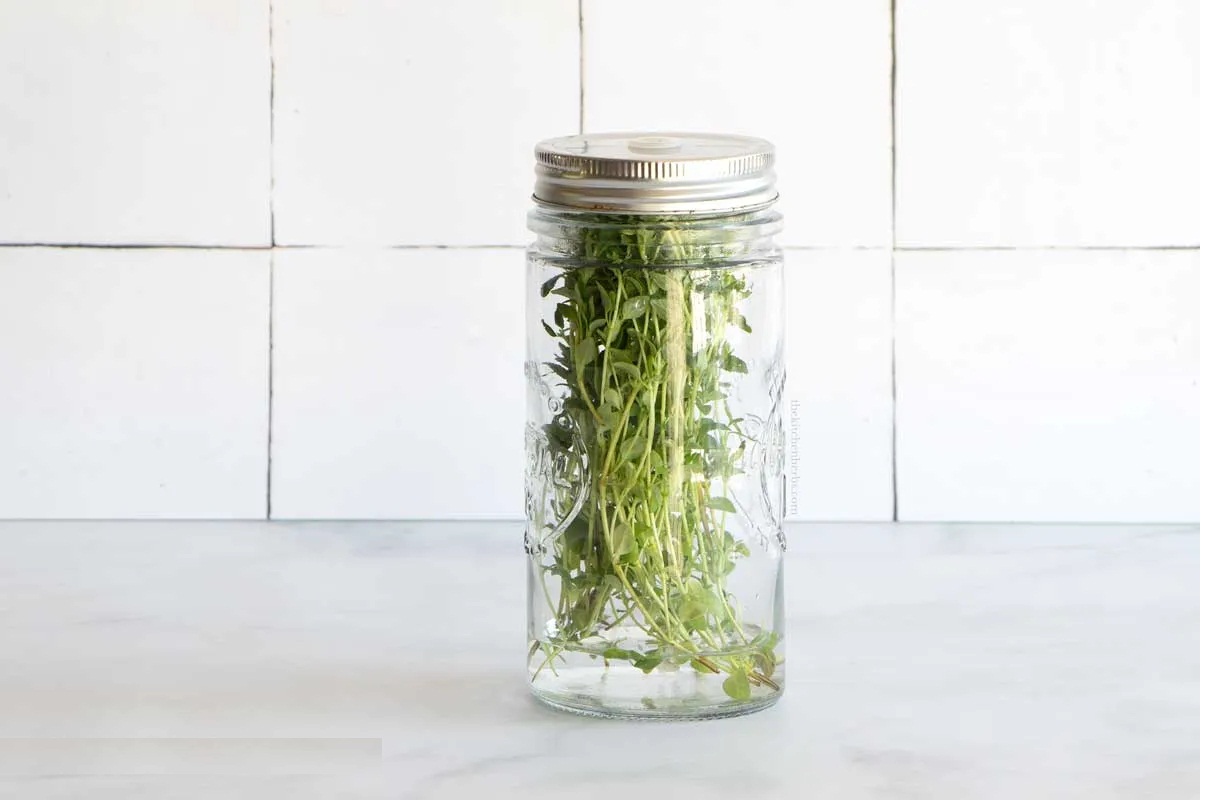
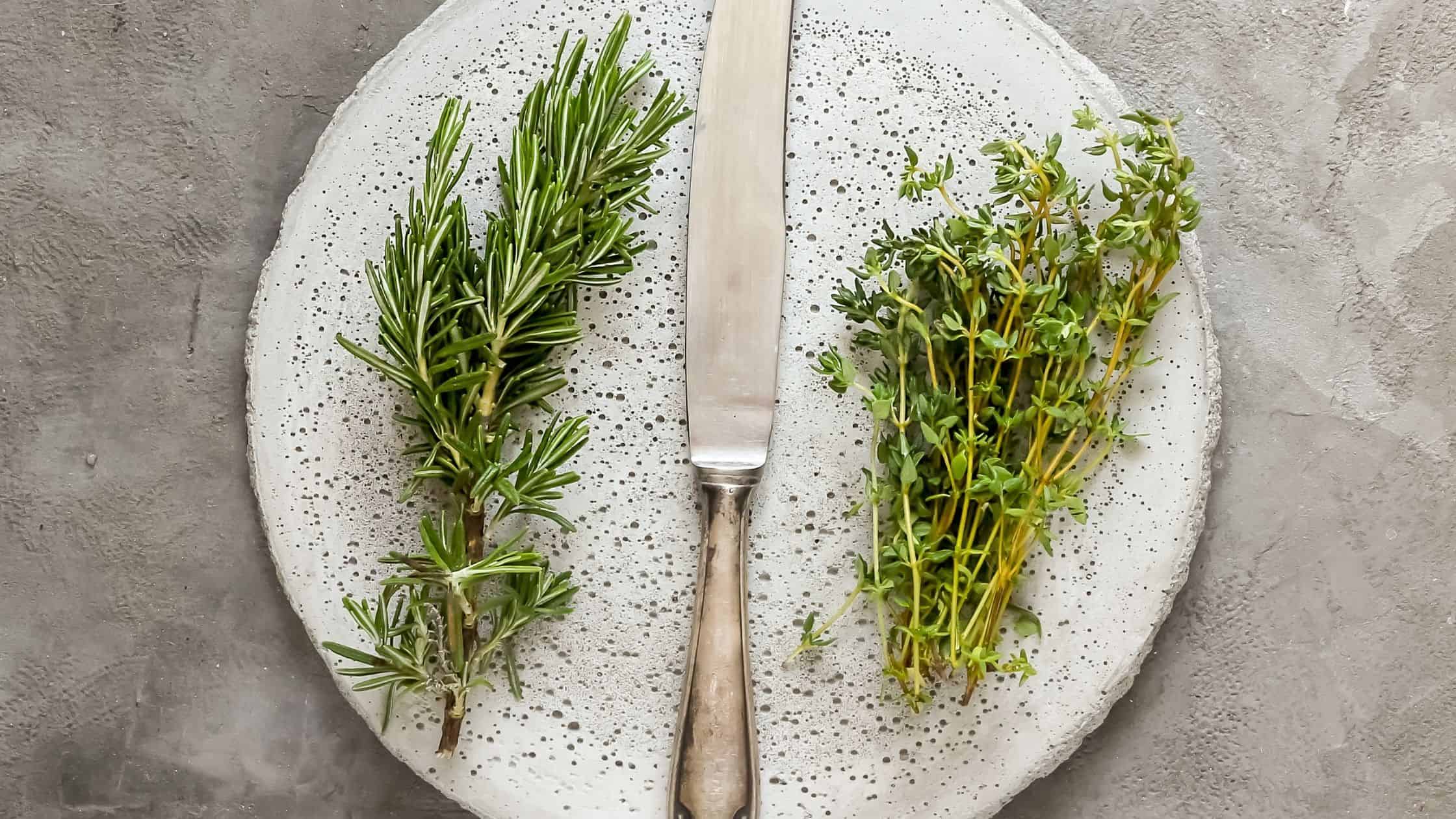
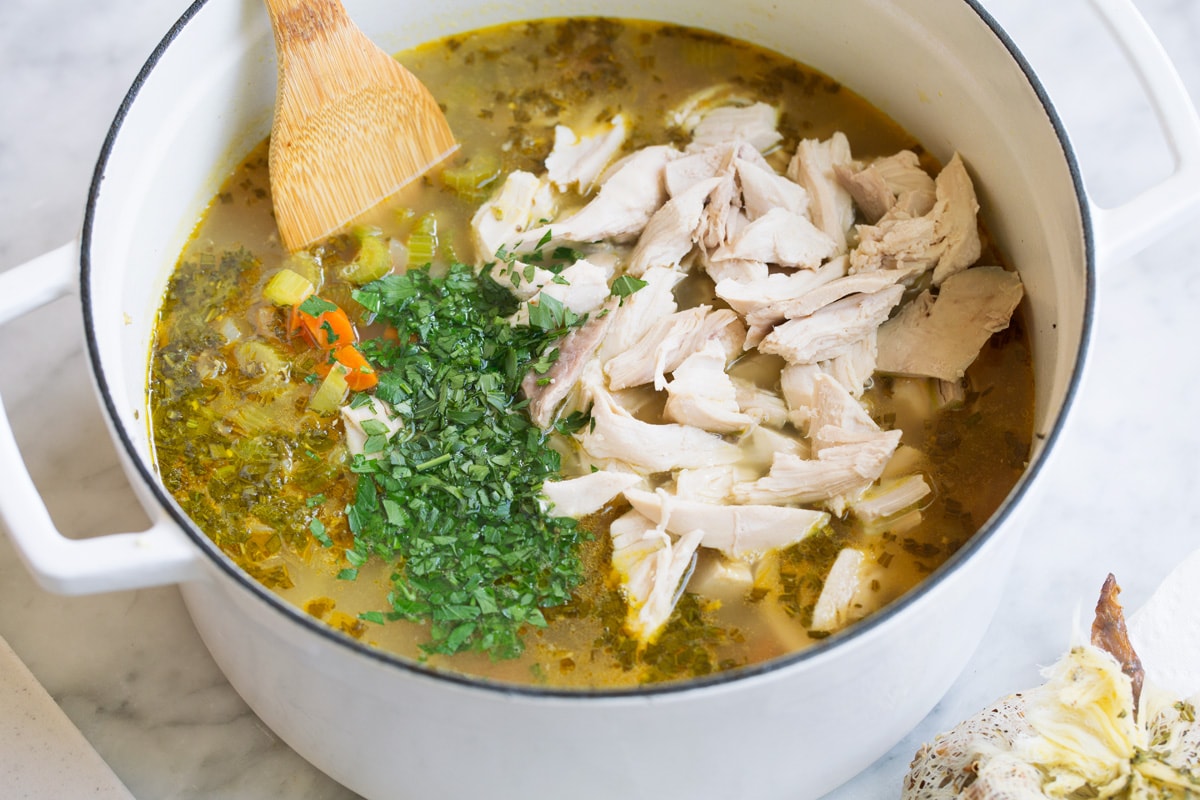
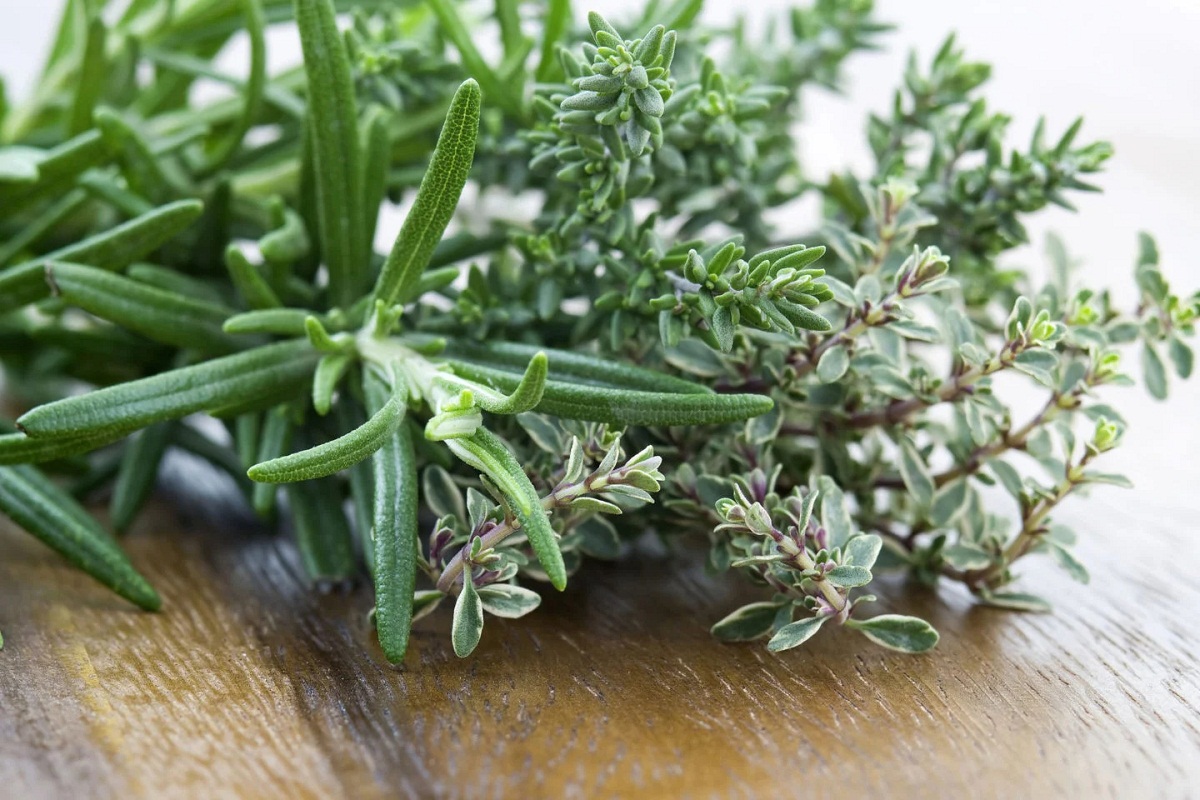
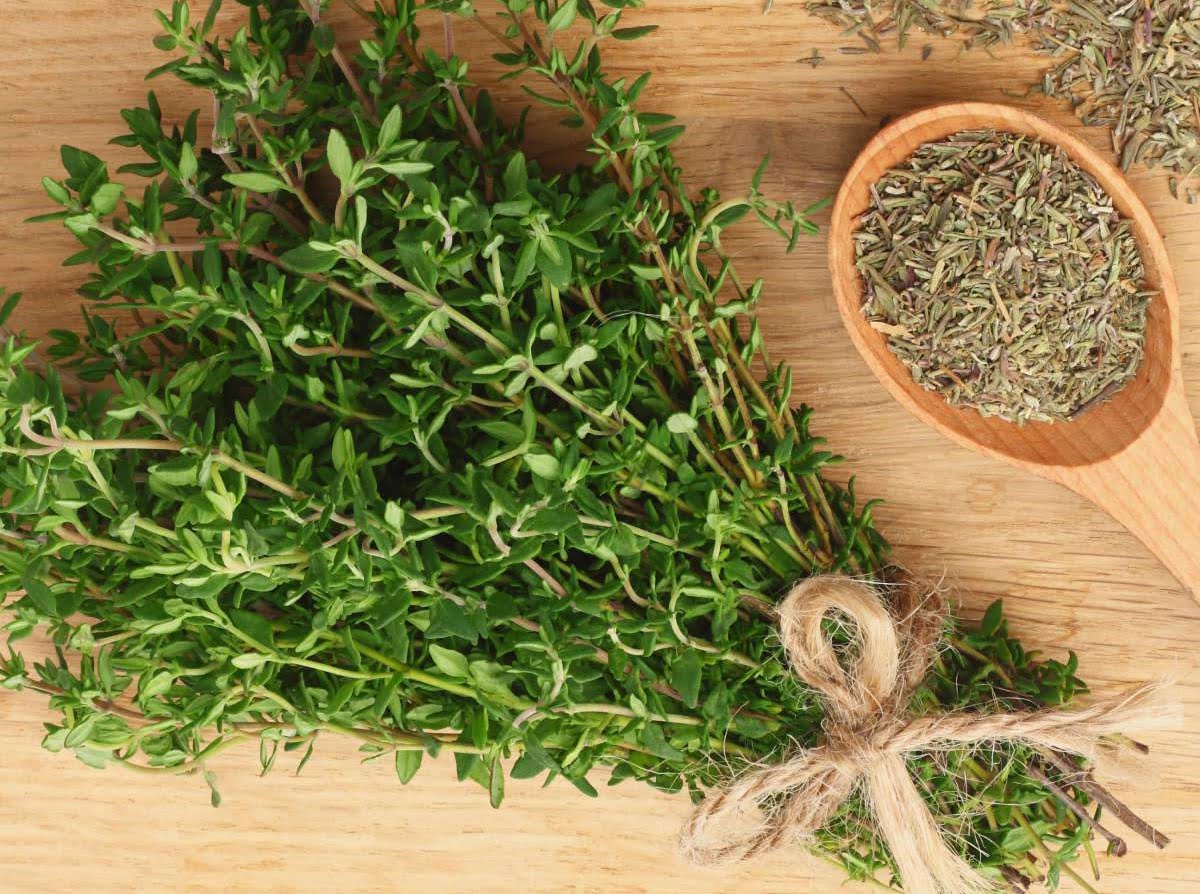
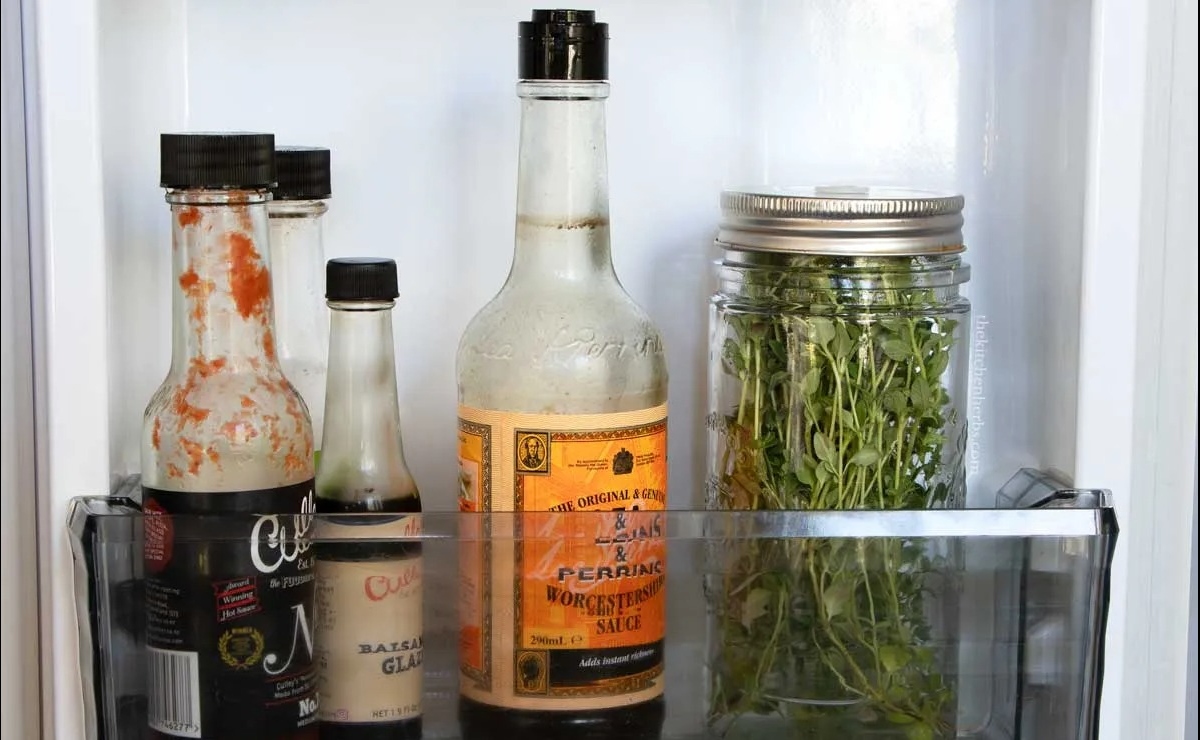
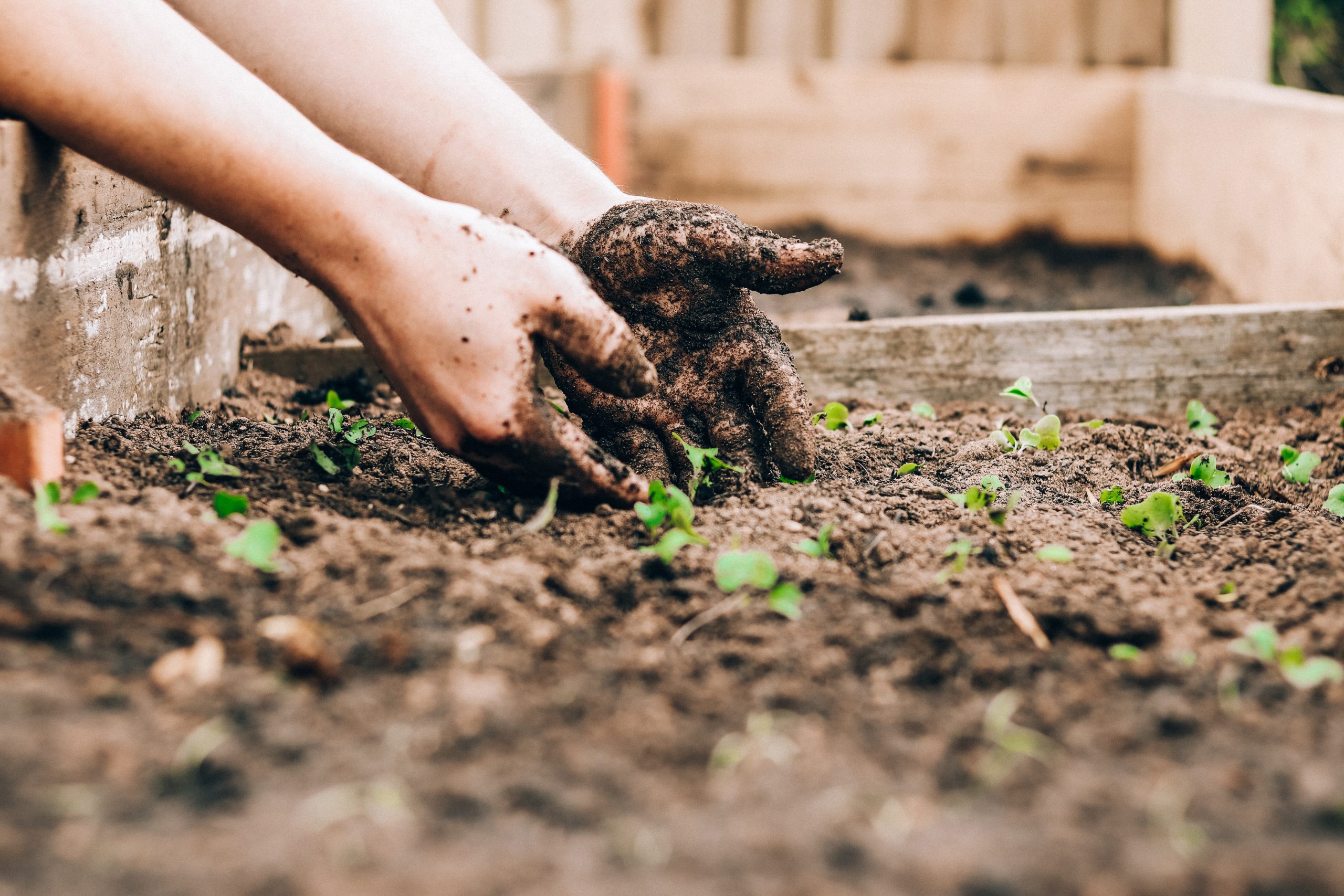



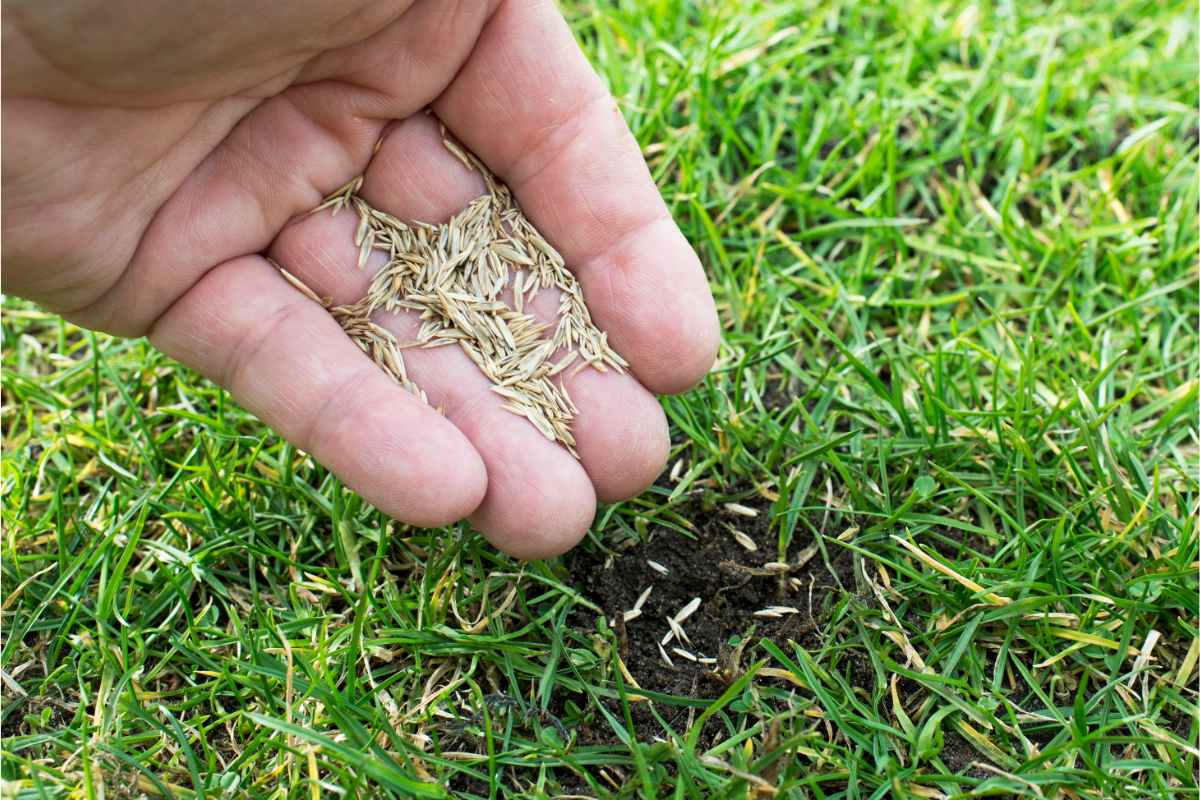


0 thoughts on “How To Prepare Fresh Thyme”